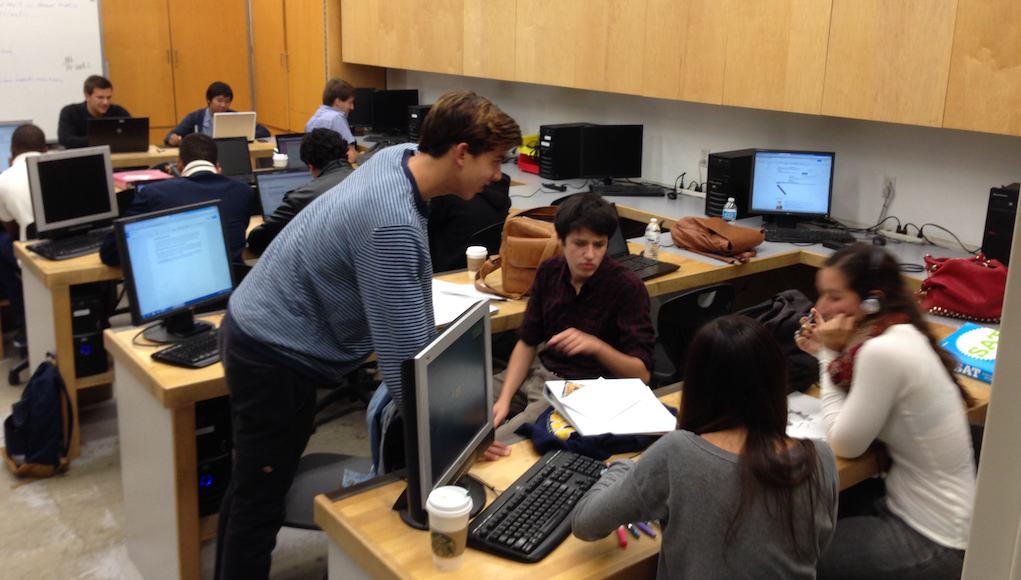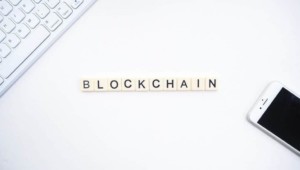How Blockchain is Helping Dallas Students Tell Their Story

For a century, high school transcripts have just been a list of completed courses and grades. But it’s still a hassle to call the high school registrar and request a fax copy of the transcript or have a copy mailed to a college.
In 2019, information is increasingly complicated to manage now that a growing number of students are taking classes at multiple high schools, earning college credits, and collecting industry credentials and work readiness badges from a variety of sources.
With growing interest in demonstrated competence over seat time and pedigree, many schools want to present a more complete picture of a young person’s capabilities. Dallas County high schools are going to deploy an extended transcript to more fully share career readiness information. Another example is the 250 schools that have banded together in the Mastery Transcript Consortium to create a new way to share demonstrated capabilities.
All this new information from new sources makes transcript security and portability a real challenge. Manoj Kutty thinks blockchain is part of the solution.
After 17 years leading Tata Interactive, Manoj Kutty launched LoudCloud, a competency-based learning platform. After six years of growth, Kutty sold LoudCloud to Barnes and Noble Education. To address the transcript dilemma, Kutty launched Greenlight Credentials last year.
Working with North Texas school districts, community colleges and universities as well as Dallas County Promise, Kutty assembled a team to build a technology platform that will give students ownership of their academic transcripts and access to stackable, lifelong credentials.
The benefit of a distributed ledger technology like Blockchain is that it allows employers and colleges to have instant verification of a multiple-source transcript. For convenience and security, that beats a paper transcript received in the mail.
Once students grant consent, Greenlight gives employers and colleges the ability to see all credentials in one place. It’s like LinkedIn but with credentials verified by institutions.
Student profiles can host a range of evidences of learning including badges and a portfolio of artifacts. High schools benefit through improved identity management, more efficient paperwork, and data management for state requirements.
Postsecondary institutions can view a digital transcript or download it into their admissions system. They can export contact information into a contact management system to maintain communication with a potential applicant. Greenlight makes sure the transcript is updated as needed.
The big future opportunity is a marketplace where universities can search for applicants by category and credential and invite them to apply (or even offer acceptance based on verified credentials).
“In 20 years, students won’t be applying to colleges; colleges will be recruiting students,” said Kutty.
With all the hype around blockchain backed cryptocurrencies, it’s great to see back-office applications of distributed ledger technology like GreenLight delivering value for students, schools, and employers.
For more, see:
- School Consortium Proposes a Better Transcript
- How Better Transcripts Will Improve College Admissions, Employment, and Licensing
- Diploma Networks: A New Way to Help Schools Adopt Broader Outcomes…
- Boosting Career Readiness in Dallas
- Dallas County Promise: Leveraging Ed-Fi Technology for College & Career Readiness

This post is a part of the Getting Smart Future of Work Campaign. The future of work will bring new challenges and cause us to shift how we think about jobs and employability — so what does this mean for teaching and learning? In our exploration of the #FutureOfWork, sponsored by eduInnovation and powered by Getting Smart, we dive into what’s happening, what’s coming and how schools might prepare. For more, follow #futureofwork and visit our Future of Work page.
Erik Day contributed research to this blog.
This post was originally published on Forbes.
Stay in-the-know with innovations in learning by signing up for the weekly Smart Update.






Hyper league
Thanks for sharing the informative content with us, it really very informative and helpful.